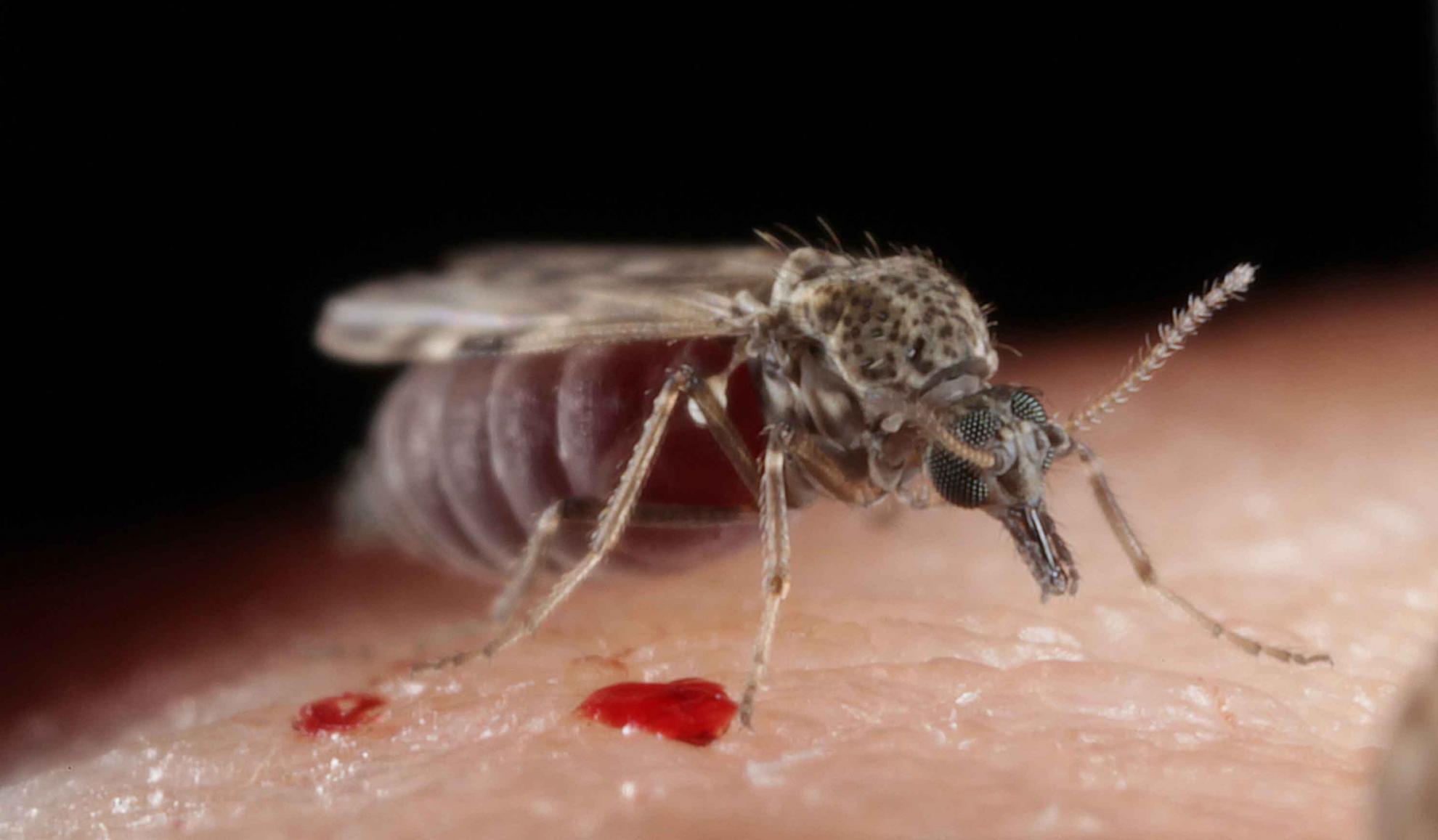Entomopathogenic fungus as a biological control for an important vector of livestock disease: the Culicoides biting midge
Background: The recent outbreak of bluetongue virus in northern Europe has led to an urgent need to identify control measures for the Culicoides (Diptera: Ceratopogonidae) biting midges that transmit it. Following successful use of the entomopathogenic fungus Metarhizium anisopliae against larval stages of biting midge Culicoides nubeculosus Meigen, we investigated the efficacy of this strain and other fungi (Beauveria bassiana, Isaria fumosorosea and Lecanicillium longisporum) as biocontrol agents against adult C. nubeculosus in laboratory and greenhouse studies. Methodology/Findings: Exposure of midges to 'dry' conidia of all fungal isolates caused significant reductions in survival compared to untreated controls. Metarhizium anisopliae strain V275 was the most virulent, causing a significantly decrease in midge survival compared to all other fungal strains tested. The LT(50) value for strain V275 was 1.42 days compared to 2.21-3.22 days for the other isolates. The virulence of this strain was then further evaluated by exposing C. nubeculosus to varying doses (10(8)-10(11) conidia m(-2)) using different substrates (horse manure, damp peat, leaf litter) as a resting site. All exposed adults were found to be infected with the strain V275 four days after exposure. A further study exposed C. nubeculosus adults to 'dry' conidia and 'wet' conidia (conidia suspended in 0.03% aq. Tween 80) of strain V275 applied to damp peat and leaf litter in cages within a greenhouse. 'Dry' conidia were more effective than 'wet' conidia, causing 100% mortality after 5 days. Conclusion/Significance: This is the first study to demonstrate that entomopathogenic fungi are potential biocontrol agents against adult Culicoides, through the application of 'dry' conidia on surfaces (e. g., manure, leaf litter, livestock) where the midges tend to rest. Subsequent conidial transmission between males and females may cause an increased level of fungi-induced mortality in midges thus reducing the incidence of disease.
Back to publications

